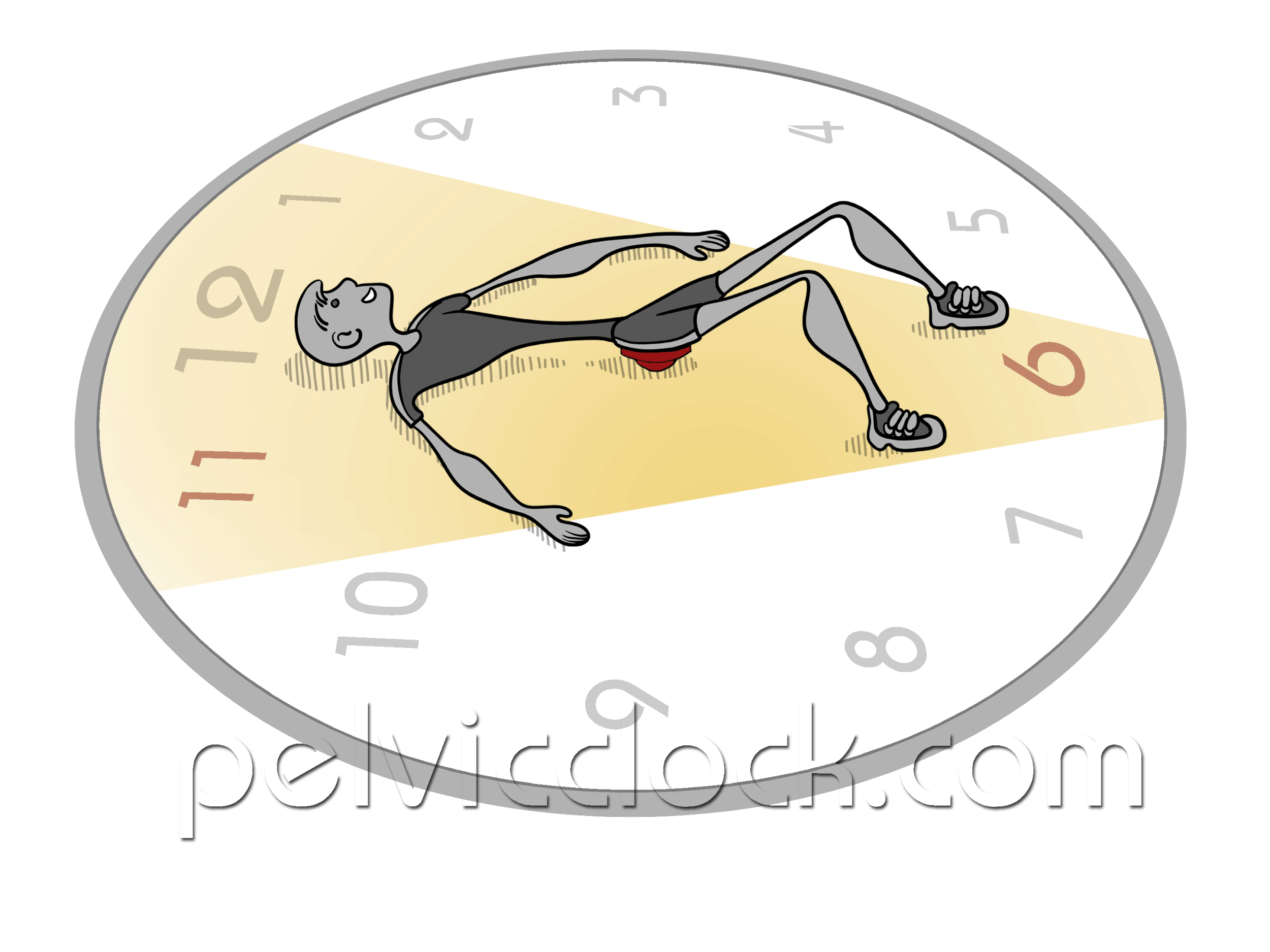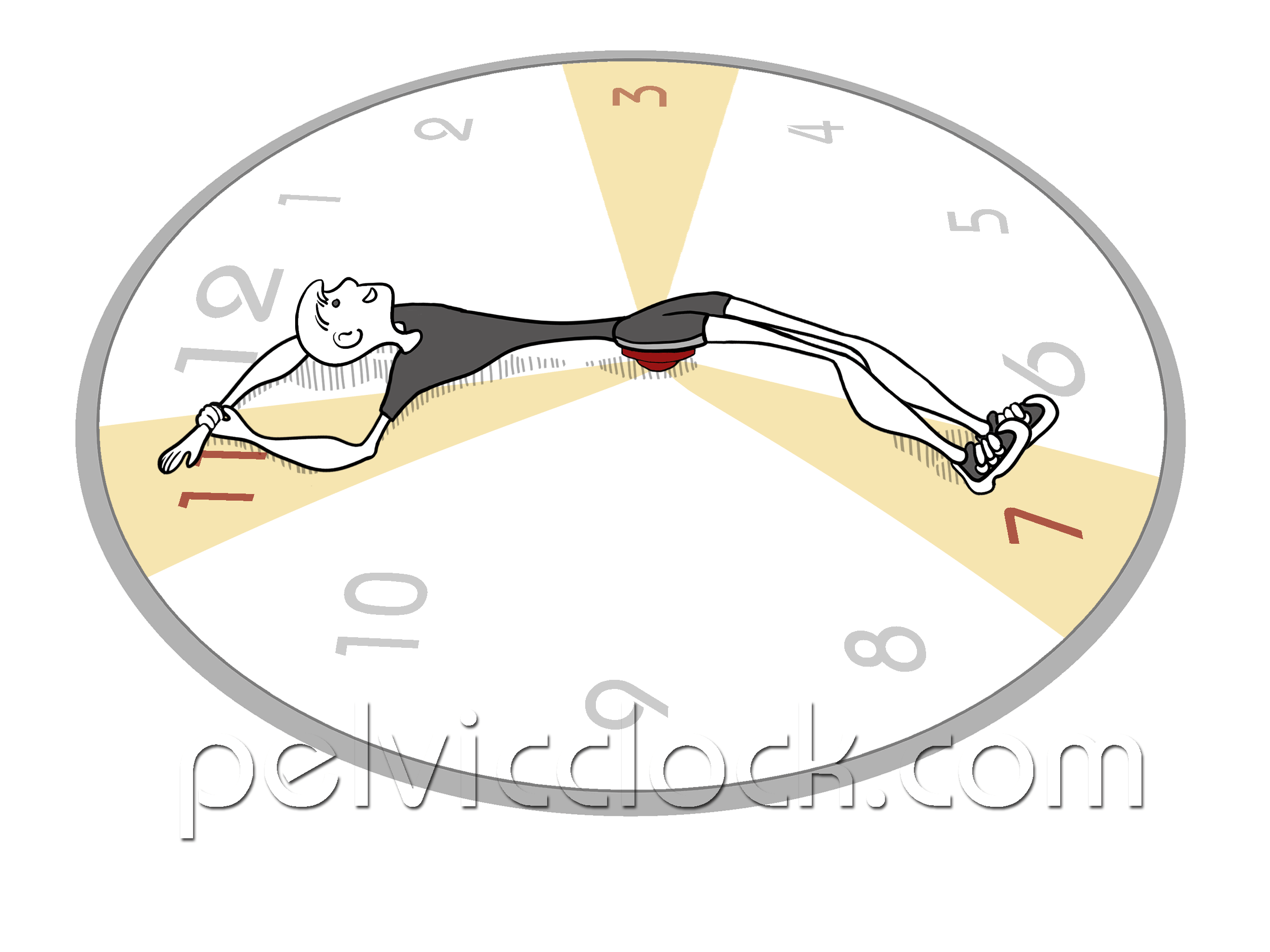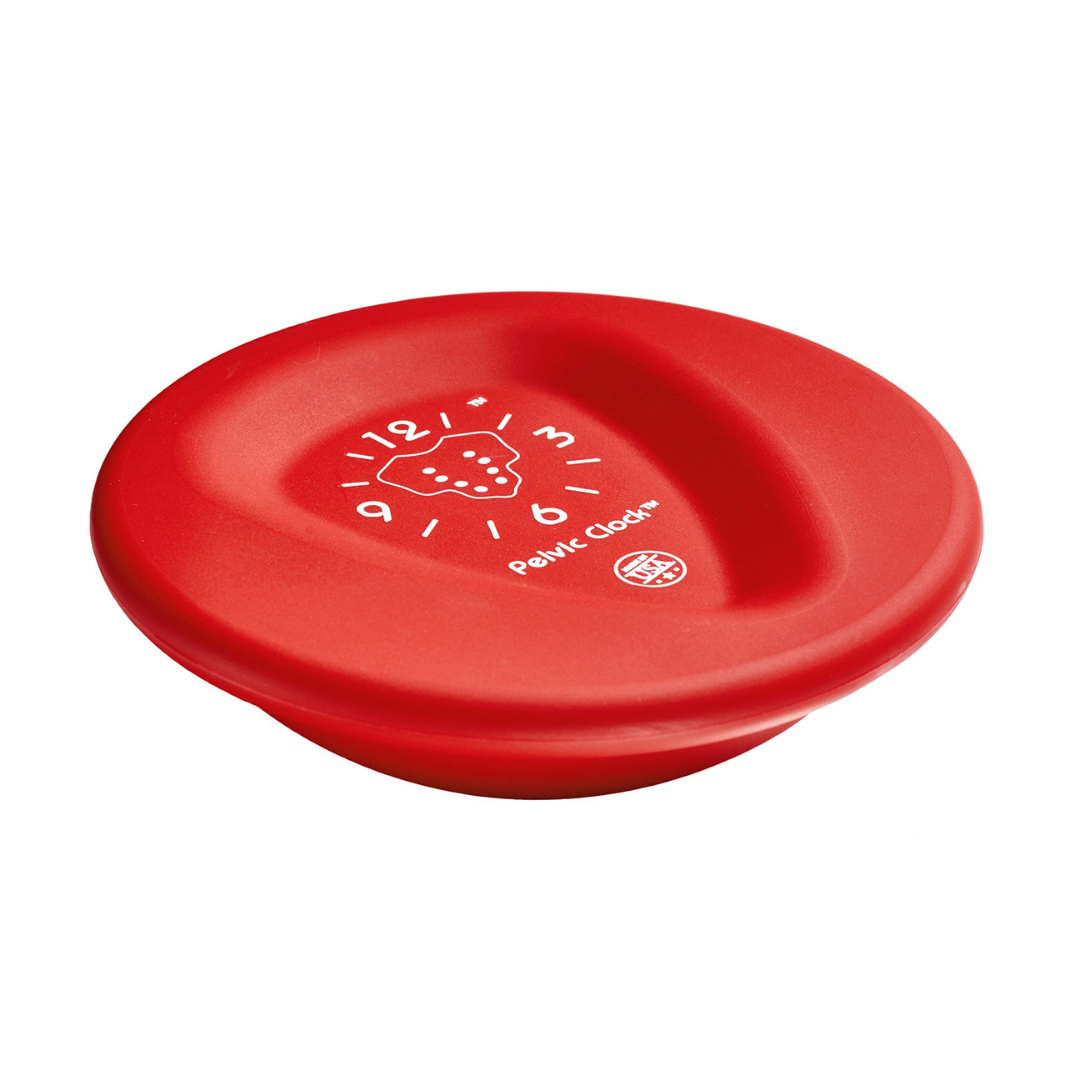Home Exercise Program for Lumbar Spinal Stenosis
Igor Gershengorin
By Caesar Cantone, PT, LAc, CMP.
What Is Lumbar Spinal Stenosis?
Lumbar spinal stenosis is a common and disabling back ailment found within the aging population, but can also occur less often in younger adults. Stenosis actually refers to the narrowing, or closure, of an opening or space. Spinal nerves from the low back can actually become pinched when the spaces between vertebrae degenerate, or when abnormal bone growth forms. This is called lumbar stenosis, and can make many walking activities very painful. If left untreated, it can lead to tingling in the legs and even permanent weakness.
How Is Lumbar Spinal Stenosis Diagnosed?
Lumbar spinal stenosis must be diagnosed by a medical doctor through imaging techniques such as MRI or CT Scan. The doctor may also use a NCV, or nerve conduction velocity test, to determine if nerve damage has occurred in the legs. In addition, the doctor will do a physical exam and ask questions of the patient to determine the severity of impairment in the patient’s everyday life.
What Are the Treatment Options for Lumbar Spinal Stenosis?
The doctor will recommend various treatment options depending on the severity and suddenness of the nerve injury. Conservative methods include physical therapy, acupuncture, chiropractic, and low impact exercise classes -- such as Tai Chi or swimming. In addition, the doctor may recommend medications to reduce pain and inflammation. More aggressive forms of treatment for extremely stubborn cases include nerve block injections and ultimately reconstructive back surgery.
Can the Pelvic Clock® Workout Reduce Pain from Lumbar Spinal Stenosis?
Daily strengthening and flexibility exercises that open the spaces between vertebrae and support the spine can be helpful to reduce pain in less severe cases. These movements generally involve flexion of the lumbar spine, and posterior tilting of the pelvic girdle. Use of the Pelvic Clock device can be very helpful here because it supports and opens the stiff joints and avoids the damaging compression of gravity on the spinal nerves.
E.g. Single Knee to Chest Stretch with Pelvic Clock - Lying Down (30 seconds each x 2)
Posterior Pelvic Tilts with Pelvic Clock - Lying Down (5 seconds x 20)
Diagonal Pelvic Tilts with Pelvic Clock - Lying Down (5 seconds x 10)
Side Stretch with Opposite Knee Bent - Lying Down (5 seconds x 10)
Scissor Kicks with Knees Slightly Bent - Lying Down (10 reps x 2)
All these exercises should be performed without pain, or worsening of symptoms. If there is any discomfort, then do not attempt to continue.
If you do have lumbar stenosis, it is recommended that you consult your doctor or physical therapist before beginning any of these exercises.






